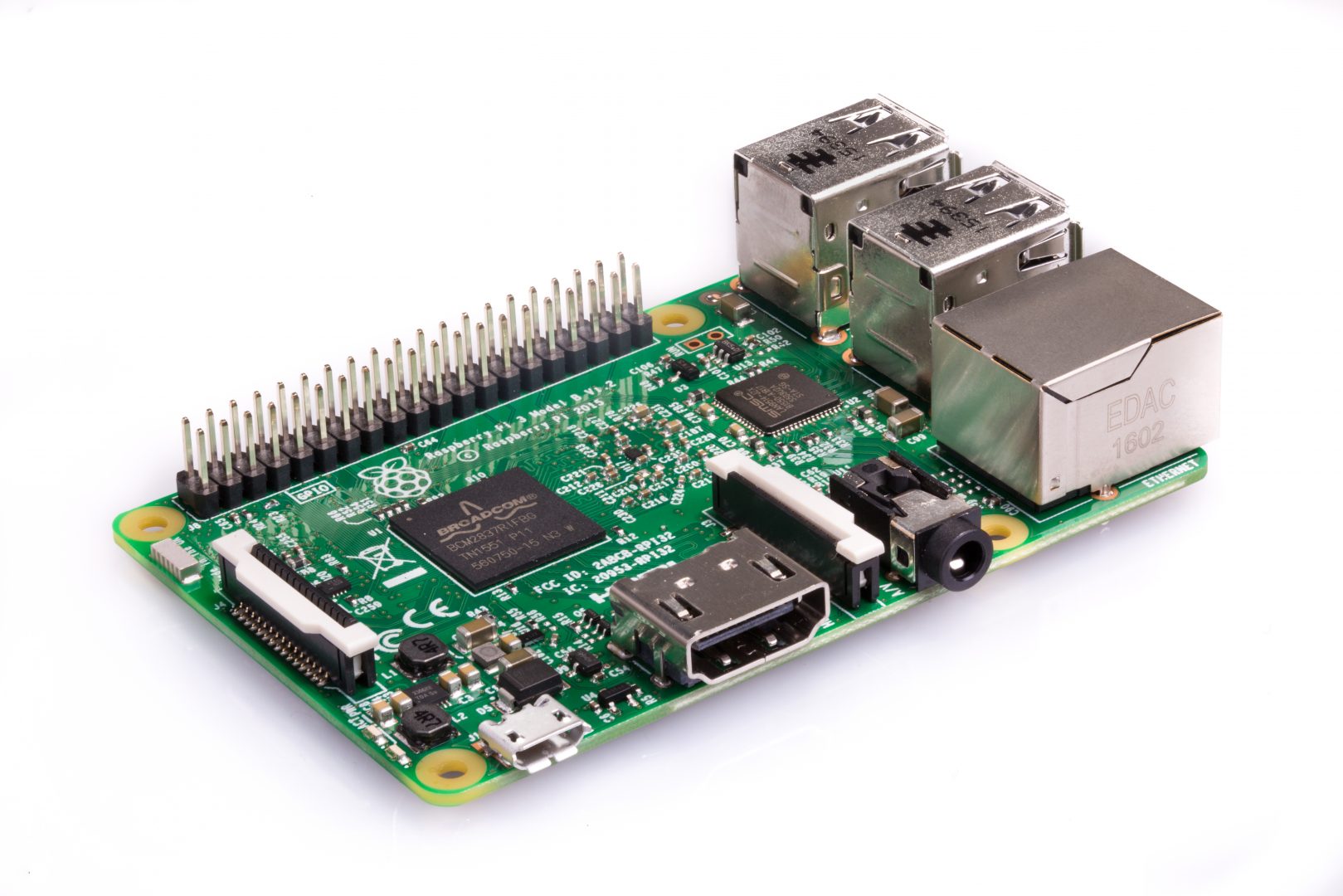

This is not to say that Beaglebone® boards are not as versatile, it simply excels in the Internet of Things (IoT) applications much more. If you were to type “Raspberry Pi Projects” on your search engine, you’ll be surprised by the variety of projects one is able to come up with, you can basically build anything at all! If you also want to try your hand in the field of AI, building an AI assistant can be one of the best Raspberry Pi projects that you can take on right now. When it comes to the versatility of these SBCs, both are pretty versatile, but you can pretty much use Raspberry Pi for anything imaginable. It’s the age of AI, and we all are swarmed away with the number of mesmerizing open-source AI projects getting in the market every day. With Pi 4 (1GB) at an even more affordable price point of $35, if you’re on a tight budget, the Raspberry Pi would definitely be your pick considering its computing power at this price point. Pricing wise, Pi 4 comparatively more affordable than the Beaglebone® boards. You can already tell from a glance of the table, Pi 4 (4GB) is $55 while the Beaglebone® boards are priced at $60 for BBB, $44 for BBG, $52.90 for BBGW and $78.90 BBGG.

Though we had a brief look at their specs earlier, there are a few aspects we’ll have to look for before you can actually decide which SBC is the more compatible one for your needs! Pricing

Respective Differences between Raspberry Pi 4 and BeagleBone® Boards
#Beancounter raspberry pi Bluetooth
Micro-AB USB 2.0 client port, Type-A USB 2.0 host port, 1 10/100 Mbps Ethernet, 2 x Grove ConnectorsĤx USB2.0 host, Wi-Fi 802.11b/g/n 2.4GHz and Bluetooth 4.1 LE, 2 x Grove ConnectorsĢ x USB2.0 Host, Ethernet 10/100M Bit and Wi-Fi 802.11b/g/n 2.4GHz and Bluetooth 4.1 LEĤGB on-board storage using eMMC, microSD card slot Beancount defines a simple data format or language that lets you define financial transaction records in a text file, load them in memory and generate and export a variety of reports, such as balance sheets or income statements. Specs comparison: Raspberry Pi 4 vs BeagleBone® Boards Specsīroadcom BCM2711, Quad-core Cortex-A72 (ARM v8) 64-bit SoC 1.5GHzġGB, 2GB or 4GB LPDDR4 (Depending on model)Ģ USB 3.0 ports, 2 USB 2.0 ports, 2.4 GHz and 5.0 GHz IEEE 802.11ac wireless, Bluetooth 5.0, BLEġ USB Host, 1 Mini-USB Client, 1 10/100 Mbps Ethernet A double-entry accounting system that uses text files as input. With that said, let’s look at their individual specifications! The tutorials are based on Python and mraa/upm library. Note: Raspberry Pi 4 compatible operating system is required for operation.Through the Seeed wiki page, we offer step-by-step tutorials for beginners to familiarize themselves with Grove modules and start building out their prototypes with the Seeed Studio BeagleBone® Green Wireless. A 4K60P Micro HDMI to HDMI cable is required (or two cables for dual monitor operation).

If you have an existing power supply that is rated at 3.0A, you may utilize a microUSB to USB-C adapter to utilize your existing MicroUSB power supply to power the Raspberry Pi 4.The standard HDMI port that were part of previous generation Raspberry Pi generation boards is replaced on the Raspberry Pi 4 by two Micro HDMI ports to provide dual monitor support. BeanCounter 12 Repairing a 1983 Commodore 2031-LP 5. The Raspberry Pi 4 comes in three on-board RAM options for even further performance benefits: 2GB, 4GB and 8GB.This product's key features include a high-performance 64-bit quad-core processor, dual-display output via two Micro HDMI ports, up to 4K resolution, hardware video decoding at up to 4Kp60, up to 4GB of RAM, dual-band 2.4/5.0 GHz wireless LAN, Bluetooth 5.0, Gigabit Ethernet, USB 3.0, and PoE capability.Due to the higher power requirements, the Raspberry Pi 4 requires a 3.0A USB-C power supply (sold separately).
#Beancounter raspberry pi Pc
The Raspberry Pi 4 provides desktop performance comparable to entry-level x86 PC systems. The Raspberry Pi 4 offers ground-breaking increases in processor speed, multimedia performance, memory, and connectivity compared to the prior-generation boards, while retaining backwards compatibility and similar power consumption.


 0 kommentar(er)
0 kommentar(er)
